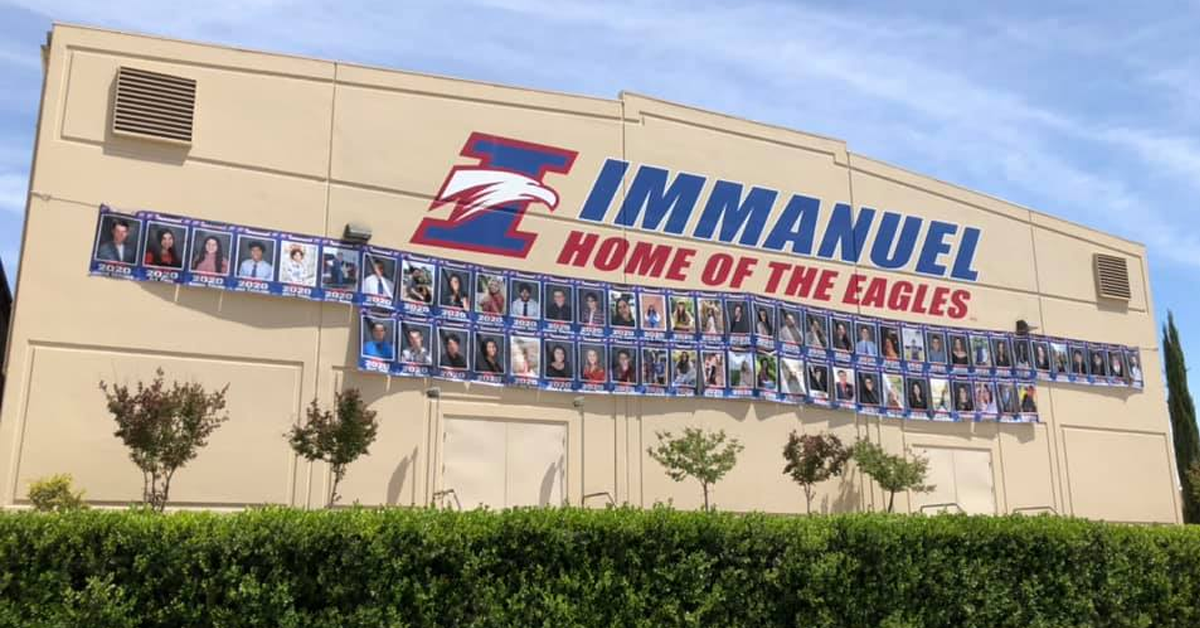HANDS ON THE HEAD
Sure enough, I saw a homeless person with his stuff next to AJ’s Tuxedo Junction, a block south of Shields Avenue. Council Member Olivier often mentions from the dais the homeless problem in this neck of the woods.
I trudge on.
“Here I am at Manchester Center, Blackstone and Shields. Boy, is it dark when you cross that little crosswalk and get over here at the start of Manchester Center. It’s extremely dark. And, of course, over there on the other side of Blackstone, where they’re going to have a trail on the irrigation ditch – I can’t imagine anybody walking there at night. And down a little ways on Shields, west of Blackstone, are the massage parlors. There’s nothing happening at Manchester Center. Nothing. And what time is it? 8:42. Boy, is it quiet. The place is shut down.”
I crossed Dakota Avenue and paused at Saginaw Avenue. I lived with a high school friend in a small apartment on Effie Street, a short walk east of Blackstone, in 1974. I would walk down Saginaw to Blackstone, then a mile north to the Me-n-Ed’s pizza parlor where I worked as a “pizzatrician” (as we were called in those days). I’d retrace my steps when I got off work, after midnight on weekends.
Again, I thought of who it is that City Hall expects to live and work along the eight or ten miles of Blackstone, thus totally transforming the spine of Fresno’s 112 square miles.
“A critical mass of millennials – with what assets? With good jobs, discretionary income. They would have standards – standards of tolerance and fair play and fun and honesty and hard work. They would be successful professionals and successful blue collar workers and successful artists. And they would know they have these assets, and they would know they like others like them. They would know they’re not very fond of crime. They would know they’re not very fond of vulgarity. They would be opposed to low-brow culture if they had to live in it. How is this to be?”
Then something happened. I turned off my tape recorder until I got abreast of the Walmart at the corner of Blackstone and Ashlan Avenue.
“I just get past the Motel 6 and the Bridgestone store. A squad car in the far lane pulls in a hurry across both lanes and into the Bridgestone parking lot. And behind me is coming a young man – looks like he’s in his early 20s – he’s on a small bicycle. He pulls into the parking lot at Bridgestone as the police are pulling in. He gets off his bike – stands to the side – puts his hands on the back of his head. A uniformed officer gets out, the driver. Another officer gets out in civilian clothes – I’m assuming he’s an officer. The uniformed officer pats down the young man. Over there is Walmart. Looks like Walmart is still open.”
I head past my old employer.
“Wow, is it dark, Blackstone north of Gettysburg. There’s the Me-n-Ed’s where I used to work. I don’t remember it being this dark when I was walking home in 1974.”
I soon entered a new world.
“Wow – much better lighting along the street once I get north of Shaw – both sides of Blackstone.”










What about addressing private efforts to assist homeless people like the Eco Village Project’s Dakota EcoGarden, and our mission to build a village like the ones in Oregon, Washington, Texas, New Mexico, etc. How about the merits of the city joining forces for a public/private coalition to respond to the homeless problem? The city turns a blind eye to private resources like the Dakota EcoGarden and won’t put any skin in the game. You know, the city doesn’t a lock on answers to the problem. Brainstorming with dedicated groups who have put their money, blood, sweat, and tears into helping homeless people might be just what the city needs to refine its perspective and come up with a diffrent or modified game plan.
There’s a huge disconnect here. What happened to the 1300 who visited MapPoint?. I personally know many, including mentally ill folks, who have not been helped with housing. So how does it help to put more staff at map point? Someone needs to get on the job of actually finding or making the housing happen. One point that needs to be acknowledged is that homeless folks may refuse housing that they see as being in the middle of drug infested neighborhoods and/or housing that requires them to get rid of beloved pets.